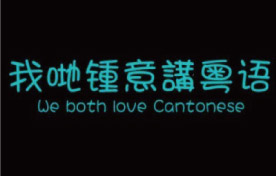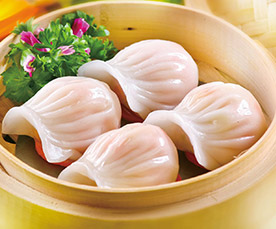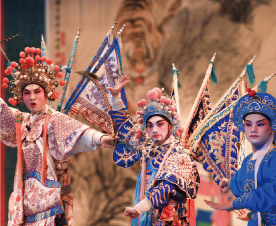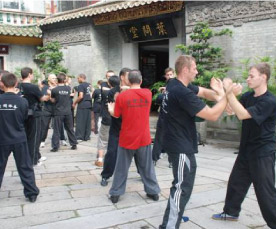
|

Cantonese has a very long history and is originated from the Northern Central Plains Ya Yu. In the period of Qin and Han Dynasty, Ya Yu was spread to Liang Guang Region and merged with the local language-Old Yue Yu, and thus a new language was emerged. In Qin Dynasty, Cantonese absorbed a lot of oversea elements. Therefore, a lot of foreign terms like bus, store and strawberry were created.
Cantonese, inherited the old Chinese characteristics, is the most important media for Canton culture and the bridge for maintaining the relationship of Canton people, as well as the guarantee for the booming of Canton. The development of Cantonese not only represents the inheritance of Canton culture, but also reflects the open and tolerance of Canton people.
|
|
|
|

|

Rich ingredients and light taste are the characteristics of Canton cuisine, which are closely relating to the geographical and economic environment. Canton is situated at subtropical zone, near the South Sea, plenty of rain, green four seasons and rich products. Besides, the highly developed business brings the requirement for the more healthy food industry and continuously improvement in quality. Merging the external cooking strong points also benefits on improvement on the cooking technique.
Canton cuisine is good at imitating with innovation. In thousands of year's development, it becomes a cuisine that has a wide demand for ingredient and has the request for fresh, bright, soft and smooth. A lot of old Cantonese dim sum such as shrimp dumplings, dry steam dumplings, chicken rice, chestnut cake, bun, changfen, tingzi zhou, salty pancake are all enduring and famous foods. This reflects the deep culture of Canton cuisine and also the inclusive feature of Canton culture.
|
|
|
|

|

Canton Opera is also named as “Big Film” or “Canton Big Film”. Canton Opera merges various opera performance from the outside to Guangdong in Ming and Qing Dynasty and absorb the Pearl civil music technique. Canton Opera is an art that blend with singing, acting, clothing, background music, and body movement. In 2009, Canton Opera was listed as the human non-material cultural heritage.
Following the moving of Guangdong people to the overseas, the spreading of Canton Opera made it become the most wide-spread district drama. At present, Canton Opera are showing in Taiwan, Hong Kong, Macau, Singapore, Malaysia, Vietnam, Burma, Cambodia, Philippines, Indonesia, Austria, United States of America, Mexico, Cuba, Central and South America. Where there are Guangdong overseas settling, there are Canton Opera showing. The earliest drama club has a history of more than 90 years. According to “American Chinese History”, Canton Opera is a civil culture that many Chinese are relying on and they have substantial effect on the Chinese world.
|
|
|
|

|

Canton Embroidery is sourced from the folk embroidery arts of Guangzhou and its old dependency such as Panyu and Shunde. It is one of the big four embroidery in China, the other three are from Xiang, Sichuan and Jiangsu respectively. Canton embroidery is a national intangible cultural heritage. It was originated from Tang Dynasty, and became more mature in late Qing Dynasty and has more than one thousand years history.
The characteristics were using many kinds of materials as lines (including silk, wool, hair from horse tails etc). The color was clear, great contrast and luxury feel. Golden lines are used as contour, plenty of subordinate patterns, producing a lively and cheerful feel.
|
|
|
|

|

Foshan is the “Home of Gong-fu”. In 2007, Foshan organized a Tai Chi show of more than 18000 participants which broke the world record. The famous gong-fu stars came from Foshan included Famous Gong-fu master Mr. Huang Fei Hong, Yong Chun Quan's master Mr. Liang Zan and Mr. Ye Wen etc. In 2004, Foshan was awarded the “Gong-fu City”. Besides, the world class famous gong-fu movie star Mr. Bruce Lee was also from Shunde of Foshan. Canton is so important in Gong-fu area that most foreigners think that the Canton Gong-fu is equal to Chinese Gong-fu. Besides, a lot of terms in Gong-fu are translated directly from Cantonese such as “Kungfu” and “WingTsun”.
|






